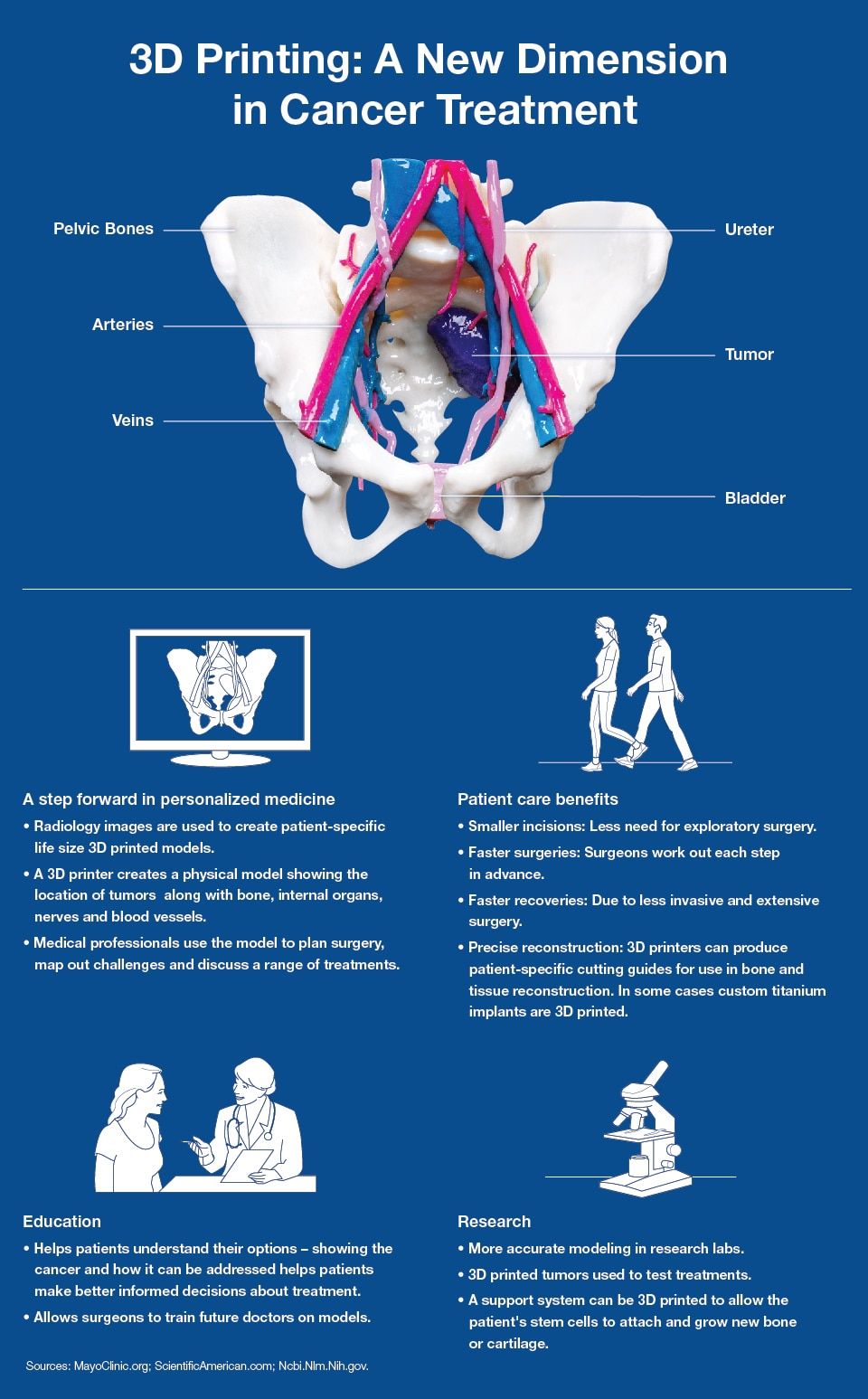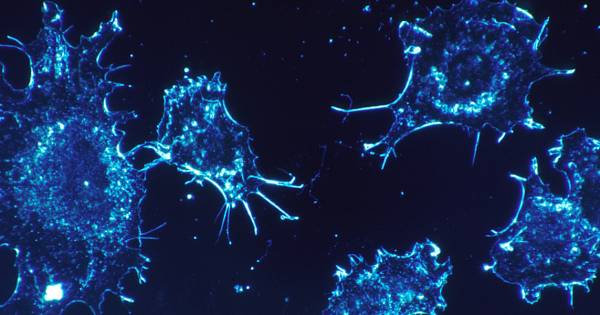Optical fibers are then inserted through an area called the perineum, found between the testes and the anus, and directly into the prostate gland. Afterwards, the scientists turn on a red laser that is induced through the optical fibers. This process utilizes the photosensitivity of the WST11 drug and activates it. Upon activation, free radicals are released within the area, attacking and destroying the tumors. Unlike conventional treatments which might affect a general area of body cells, this treatment is localized. The nearby cells are left more or less unharmed.
Beating The Big ‘C’
The trial for this prostate cancer treatment has shown promising results. Endgadget reports that, from the 415 participating men, nearly half were rid of the malignant disease by the end of treatment. This is a huge improvement compared to conventional procedures, which only have an average success rate of about 14 percent. Of those that had cancer in remission, only six percent needed to have their affected prostate removed, which is again a stark contrast to the conventional procedures’ 30 percent.
Read more









